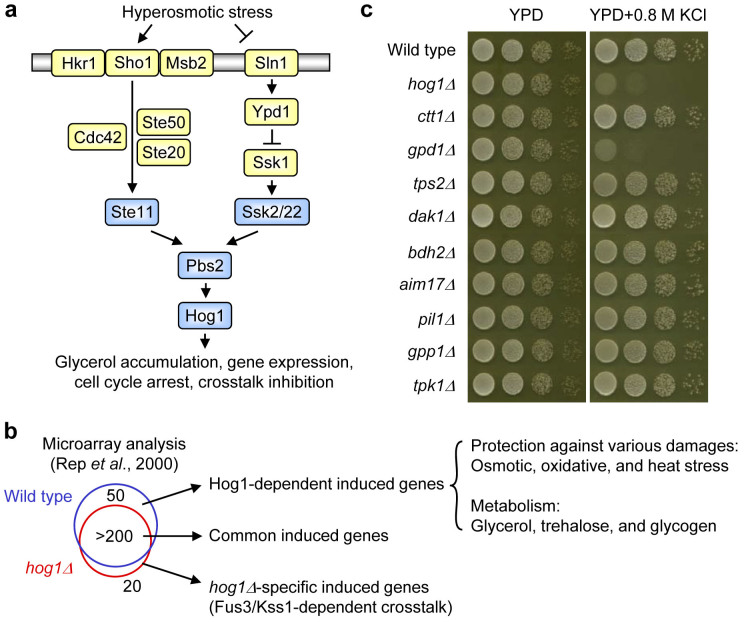Figure 1. Among Hog1-dependent osmostress-induced genes only GPD1 is essential for osmoadaptation.
(a) Schematic diagram of the Hog1 MAPK pathway in S. cerevisiae. The HOG pathway consists of two upstream osmosensing branches (Sln1 and Sho1) each with a downstream MAPK cascade (Ssk2/Ssk22 and Ste11 MAPKKKs, Pbs2 MAPKK, and Hog1 MAPK). Activation of the HOG pathway leads to rapid translocation of Hog1 into the nucleus, which in turn stimulates expression of osmo-responsive genes via several transcription factors. In addition to gene expression, Hog1 plays roles in glycerol accumulation, control of cell cycle progression, cross pathway inhibition and other aspects of cell physiology. Upstream osmosensing systems are shown in yellow, and MAPK cascades in blue. (b) Hog1-dependent osmostress-induced genes identified by microarray analysis6 include genes encoding different stress protective proteins and metabolic enzymes. (c) Deletion of all strongly Hog1-dependent genes except GPD1 does not cause an osmosensitive phenotype. Strains (see further mutants listed in Table S1) were grown on YPD plates with or without 0.8 M KCl for 1–2 days at 30°C.

